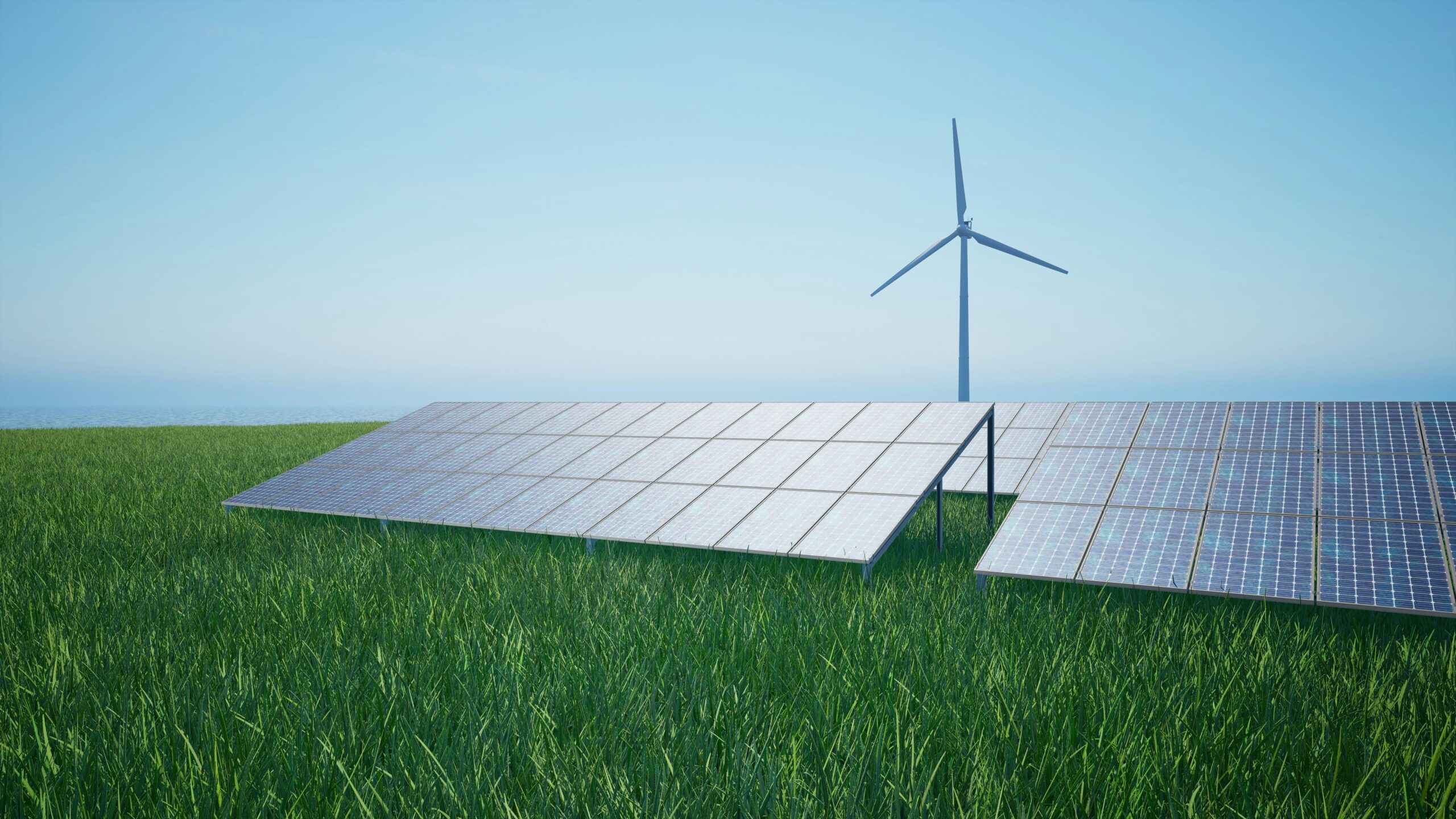
Renewable energy has moved from being a hopeful alternative to becoming one of the fastest-growing solutions for powering our world. Over the past decade, innovation in renewable energy technology has transformed the way we generate, store, and distribute power. These advancements are not just making clean energy more efficient, but also more accessible and affordable for communities across the globe. As the demand for sustainable energy rises, technology continues to lead the way in making renewables a reliable source for everyday use.
The Rise of Next-Generation Solar Power
Solar power has been at the forefront of renewable energy for years, but new technologies are taking it to a whole new level. Traditional silicon-based solar panels are being replaced by more advanced materials like perovskite, which can capture sunlight more efficiently while being cheaper to produce. These new panels are also flexible and lightweight, making them easier to install on a variety of surfaces, from rooftops to building windows.
Another exciting development is the use of bifacial solar panels. Unlike traditional panels that capture sunlight only from the top surface, bifacial panels absorb light from both sides. This design significantly boosts energy production, especially in areas with reflective surfaces like snow or sand. With improved durability and declining production costs. Solar energy is becoming one of the most viable options for homes, businesses, and even large-scale power plants.
Wind Energy Goes Higher and Smarter
Wind energy has also seen remarkable improvements, particularly in turbine design and efficiency. Modern turbines are now taller, with longer blades that can capture stronger and steadier winds found at higher altitudes. Offshore wind farms, located miles away from the coast, take advantage of consistent ocean winds to generate large amounts of clean electricity.
In addition to physical design improvements, digital technology plays a crucial role in optimizing wind energy. Smart sensors and artificial intelligence systems allow turbines to adjust their blade angles automatically to capture the maximum amount of wind. Predictive maintenance software can detect potential issues before they cause breakdowns, keeping turbines running at peak performance. These innovations are reducing costs and making wind farms more competitive with fossil fuel-based power.
Energy Storage: Solving the Reliability Challenge
One of the biggest challenges for renewable energy has always been storage. Solar panels only generate electricity during the day, and wind turbines depend on favorable weather. Without effective storage systems, excess energy can go to waste, and the power supply may become inconsistent. Thankfully, advancements in battery technology are solving this problem.
Lithium-ion batteries have become more efficient, with higher energy density and longer life spans. Researchers are also working on alternatives such as solid-state batteries, which promise greater safety and faster charging times. On a larger scale, grid-level energy storage solutions, including pumped hydro storage and flow batteries, are allowing entire regions to store renewable energy for use during peak demand or when the sun and wind are not available. These improvements ensure that renewable energy can provide a stable and continuous power supply, even in challenging conditions.
The Role of Artificial Intelligence and Smart Grids
Artificial intelligence and smart grid technology are playing a transformative role in how renewable energy is managed. A smart grid uses real-time data to balance supply and demand efficiently, distributing electricity where it’s needed most. This helps reduce waste and prevents blackouts, especially during periods of high demand.
AI algorithms can also predict energy generation patterns based on weather forecasts, allowing operators to plan and ensure a steady power flow. This intelligent management of resources means renewable energy can be integrated into the power system more effectively. Reducing the reliance on fossil fuels and lowering greenhouse gas emissions.
The Promise of Green Hydrogen
While solar, wind, and battery technologies dominate the renewable energy conversation. Green hydrogen is emerging as a promising clean fuel for the future. Hydrogen can be produced using renewable electricity to split water into hydrogen and oxygen, a process known as electrolysis. The hydrogen can then be stored and used to power vehicles, generate electricity, or serve as an industrial fuel without producing harmful emissions.
Green hydrogen is particularly attractive because it can store large amounts of energy for long periods, making it a valuable complement to intermittent renewable sources. Although the technology is still in its early stages and relatively expensive, ongoing research and government support are helping to bring costs down.
Making Renewable Energy More Accessible
One of the most exciting aspects of innovation in renewable energy is its potential to reach communities that previously lacked access to reliable electricity. Portable solar kits, microgrids, and small-scale wind turbines are bringing clean energy to rural and off-grid areas around the world. These solutions not only reduce dependence on diesel generators but also open the door to economic growth, education, and improved quality of life.
Financial innovations are also making a difference. Pay-as-you-go solar programs allow households to install solar systems without significant upfront costs. Paying for them gradually through small, regular payments. This model is helping millions of people adopt clean energy while saving money in the long term.
A Future Powered by Innovation
The future of renewable energy is brighter than ever. With constant advancements in technology, the efficiency and affordability of clean energy sources will continue to improve. As storage systems become more capable, smart grids become more intelligent. New fuels like green hydrogen become more widely available, the transition to a sustainable energy future will accelerate.
These innovations are not just about replacing fossil fuels; they are about reimagining the way we produce and consume energy. A world primarily powered by renewables would mean cleaner air, reduced carbon emissions, and a healthier planet for future generations. The progress we see today is proof that with the right investments, creativity, and global cooperation, renewable energy can power the future—one innovation at a time.